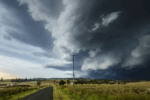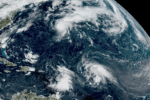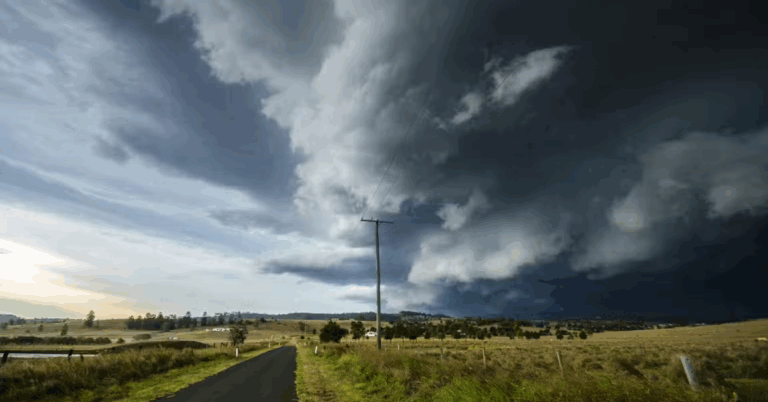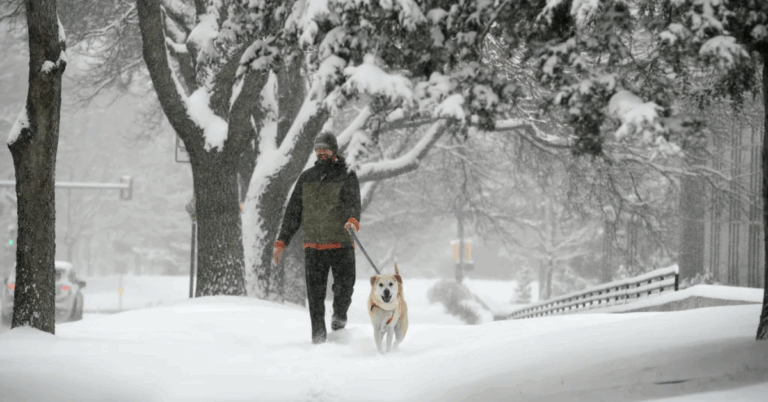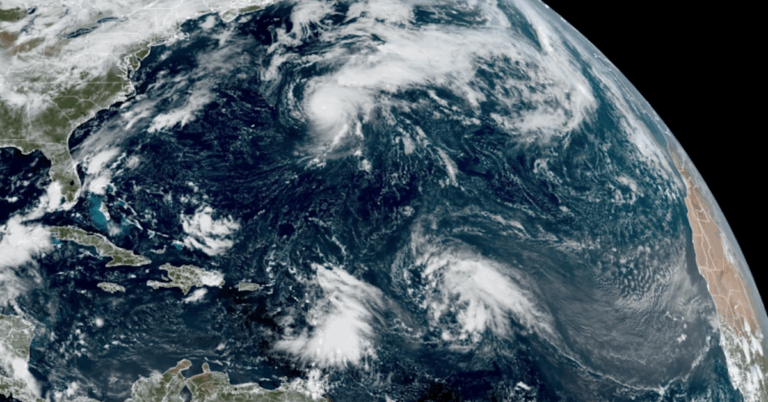
The heartland of the United States is experiencing an unexpected surge in late-summer heat, causing significant concern as temperatures soar well above average. This heatwave affects more than 150 million Americans, making it one of the most widespread and intense warm spells in recent years. As families prepare for the heat, experts warn about the potential health risks and the strain on infrastructure.
This sudden rise in temperature comes at a time when many believed summer was winding down. Meteorologists point to several atmospheric changes contributing to the heat, including shifting jet streams and high-pressure systems. For residents and businesses across the heartland, this means adjusting to days of sweltering heat and unrelenting sunshine.
What’s Causing the Late-Summer Heat Surge?
Scientists explain that this late-summer heatwave is mainly due to a strong high-pressure system settled over the central United States. This system blocks the usual cooling weather patterns from moving in, leading to persistent hot and dry conditions. According to the National Weather Service (weather.gov), this pattern can trap warm air near the surface, increasing temperatures significantly.
Additionally, climate change has made such heatwaves more frequent and severe. A recent report by the United States Environmental Protection Agency (EPA climate indicators) highlights how rising global temperatures contribute to longer and hotter summers across many parts of the country.
Who Is Most Affected?
The heatwave touches a vast area, affecting cities, towns, and rural communities throughout the central U.S. More than 150 million people are expected to experience above-average temperatures—that’s nearly half the country’s population. Large cities such as Chicago, Kansas City, and St. Louis may face temperatures that challenge daily life and healthcare resources.
Younger individuals might find it easier to cope, but vulnerable groups like the elderly, children, and those with pre-existing health conditions are at greater risk. The Centers for Disease Control and Prevention (CDC on extreme heat) emphasize staying hydrated and avoiding prolonged outdoor activities during peak heat hours to reduce heat-related illnesses.
Impact on Daily Life and Environment
With temperatures rising, many will feel the strain during their day-to-day activities. Outdoor sports, farming, and construction work may be forced to slow down or move to cooler parts of the day. Air conditioning use will spike, putting extra pressure on power grids, and leading to possible outages, especially in older infrastructure.
Farms in the heartland are also vulnerable as prolonged heat can damage crops and reduce yields. This could impact food prices and supply later in the year. Moreover, the heat can worsen drought conditions, affecting water supplies for both agriculture and cities.
How to Stay Safe During the Heatwave
To cope with rising temperatures, it is vital to stay informed through reliable sources and take practical precautions. Wearing loose, light-colored clothing, drinking plenty of water, and avoiding strenuous outdoor activities during midday heat are simple ways to protect oneself.
For those without access to air conditioning, visiting community cooling centers or libraries can provide relief. The National Oceanic and Atmospheric Administration (NOAA guide on extreme heat) advises checking on neighbors, especially seniors, during heatwaves, as heat exhaustion can sometimes go unnoticed until it becomes severe.
Looking Ahead: Preparing for Future Heat Waves
As climate patterns shift, late-summer heat surges in the heartland may become more common. Communities are urged to invest in better infrastructure and emergency plans to handle heat emergencies efficiently. Urban planners are considering more green spaces and heat-reflective materials to reduce city temperatures.
For young people and students, understanding climate change and its direct impact on weather patterns can encourage better personal and community action. Staying updated from trusted weather services and following safety guidelines will help everyone navigate these challenging heat conditions.

